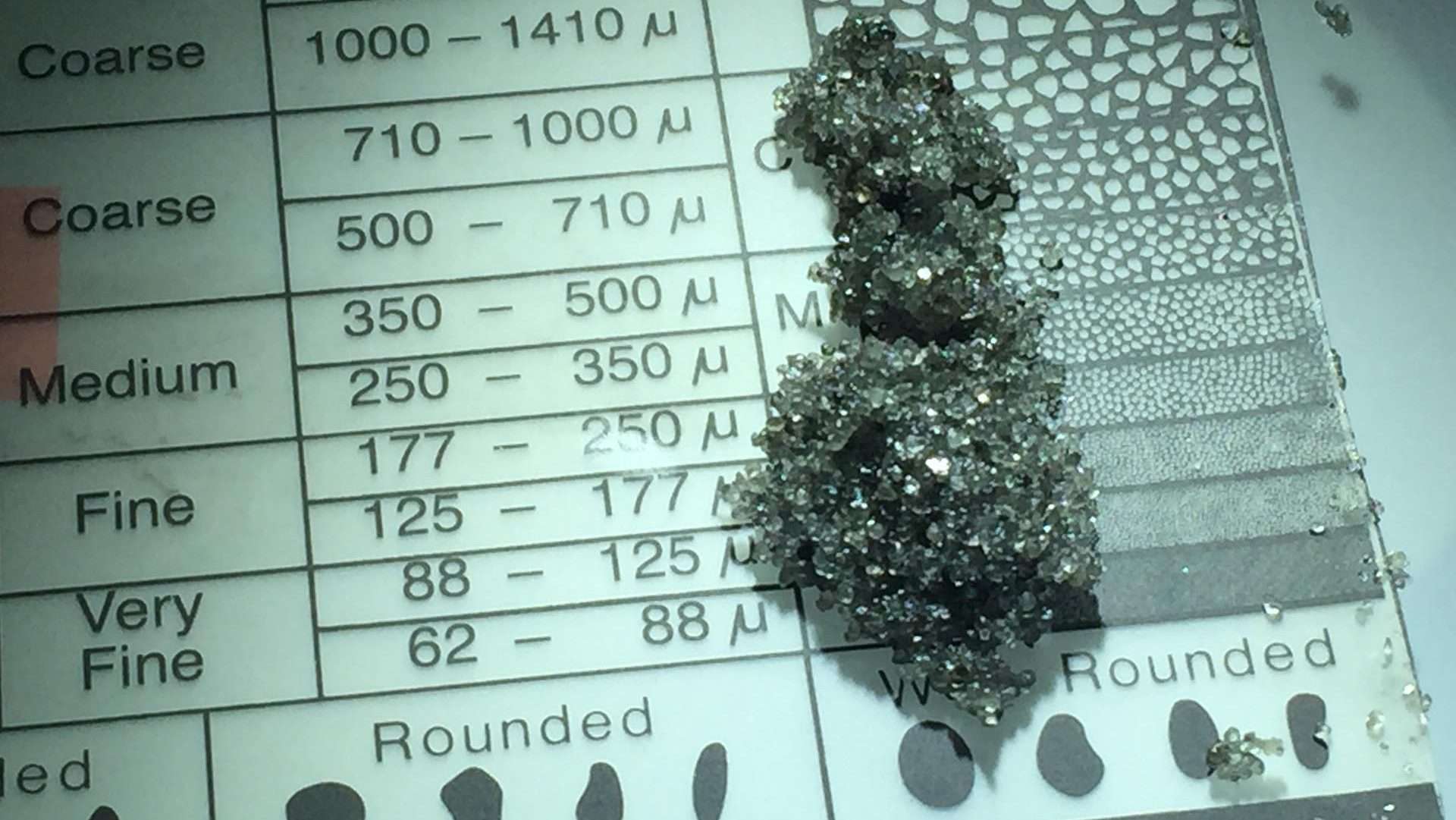Abstract
It was found to be possible to obtain a geochemical well log by monitoring the chemistry of the drilling fluids. The main purposes of this work are: 1) to detect the influx from water-producing levels and 2) to characterize the chemical composition of soluble elements from the intersected formations. The field equipment and instrumentation allow on-line measurement of pH, redox potential, temperature and conductivity (after flowing through a PIRANA* cross filter device) and gas content (helium, radon and carbon dioxide). Fluids are regularly sampled and filtered during drilling operations and analysed for major (Na, K, Ca, Mg, Si02, S04, Cl, N03, NH4 and HC03) and trace (Li, Fe and F) elements in a hydrogeochemical field laboratory. This technique was applied to two scientific geological targets: 1- In Soultz-sous-Forets (Alsace, France), two boreholes (GPK1 and EPS1) have been drilled as part of an European "Hot Dry Rock" project. They reached, respectively, 2000 and 2200 m depth. The granitic basement was encountered at around 1400 m. Chemical monitoring was carried out during drilling in the crystalline basement in GPK1. Deep circulation of water was detected from pH and conductivity variations, and from changes in the He, Ca, Cl, Na and HCO3 contents of the drilling fluids.



